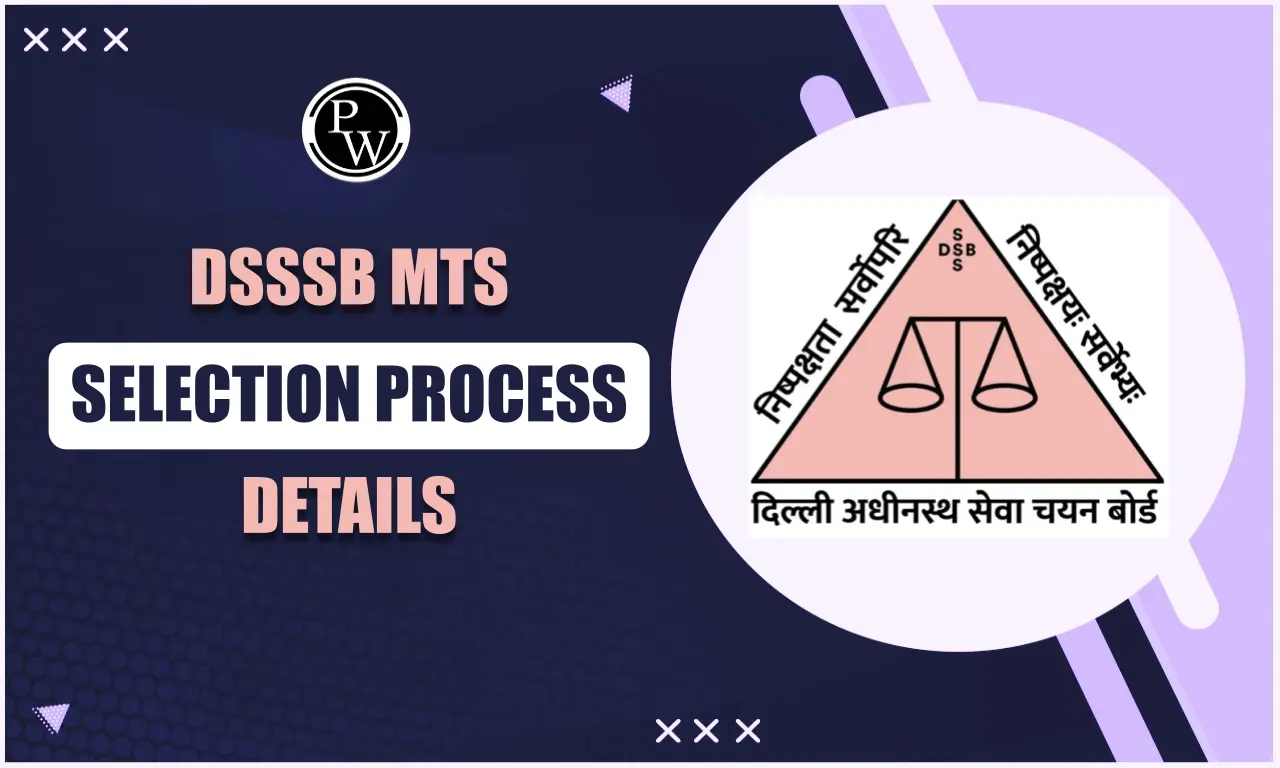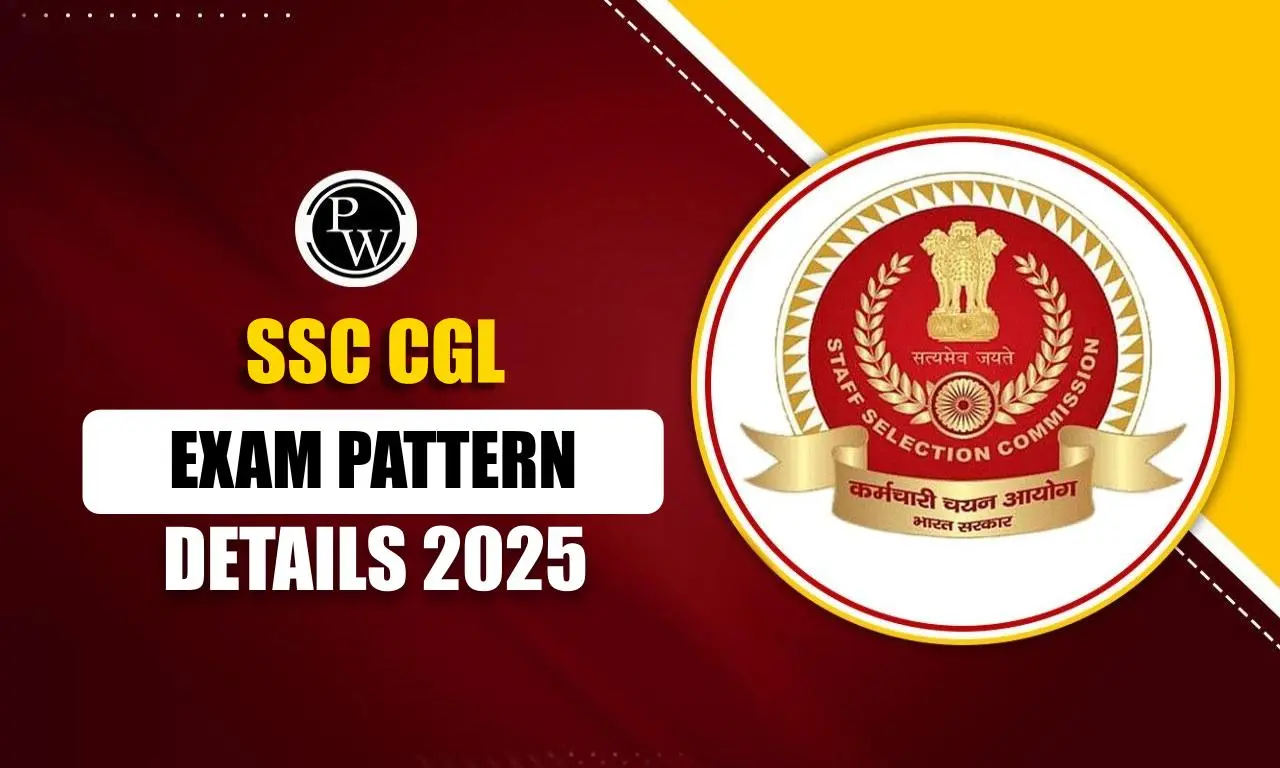
Government Schemes in India: Government schemes in India are initiatives launched by the central or state governments to address specific socio-economic challenges, uplift marginalized communities, promote economic growth, and enhance overall welfare. These schemes comprises a wide range of sectors such as agriculture, education, healthcare, infrastructure, rural development, social welfare, and more. They aim to bridge gaps, reduce disparities, and improve the quality of life for citizens across the country. Here, we look into government schemes in India, their significance, objectives, implementation strategies, and impact.
Government Schemes in India Significance
Government schemes play a crucial role in promoting inclusive growth and development by targeting various sections of society, including disadvantaged groups, rural communities, women, children, and minorities. They serve as instruments for poverty alleviation, empowerment, and social justice, helping to create a more equitable society. These schemes also contribute to economic progress by stimulating investment, employment generation, and infrastructure development. Moreover, they enhance governance transparency, accountability, and citizen participation, promoting democratic values and good governance practices.Government Schemes in India Objectives
The objectives of government schemes vary depending on the sector and target population. However, some common objectives include:- Poverty Alleviation: Many schemes aim to uplift the poor and vulnerable by providing them with financial assistance, livelihood opportunities, and access to basic services such as food, housing, and healthcare.
- Social Inclusion: Government schemes often target marginalized communities such as Scheduled Castes (SCs), Scheduled Tribes (STs), Other Backward Classes (OBCs), and minorities, aiming to reduce social disparities and promote social cohesion.
- Infrastructure Development: Schemes focusing on infrastructure development aim to enhance connectivity, transportation, energy access, and urban amenities, thereby promoting economic growth and improving living standards.
- Education and Skill Development: Education and skill development schemes aim to promote literacy, improve educational access and quality, and enhance vocational training opportunities to equip citizens with the skills needed for employment and entrepreneurship.
- Healthcare and Sanitation: Schemes in the healthcare sector focus on providing affordable and accessible healthcare services, ensuring immunization coverage, and promoting sanitation and hygiene practices to prevent diseases and improve public health outcomes.
- Agriculture and Rural Development: Agriculture and rural development schemes aim to boost agricultural productivity, enhance farmer income, provide rural infrastructure, and promote sustainable livelihoods in rural areas.
- Environmental Conservation: Some schemes focus on environmental conservation, biodiversity protection, and climate change mitigation, promoting sustainable development practices and environmental stewardship.
Government Schemes in India Implementation Strategies
Government schemes are typically implemented through a multi-tiered governance structure involving the central government, state governments, and local authorities. The implementation process involves several key steps:- Policy Formulation: The central government formulates policies and designs schemes based on identified priorities, objectives, and available resources.
- Allocation of Funds: Budgetary allocations are made for each scheme, considering factors such as sectoral needs, demographic profiles, and geographic distribution.
- Program Design: Detailed program guidelines, eligibility criteria, beneficiary selection criteria, and implementation modalities are developed for each scheme to ensure effective delivery and accountability.
- Capacity Building: Capacity building initiatives are undertaken to train government officials, frontline workers, and other stakeholders involved in scheme implementation, ensuring their proficiency in program delivery and monitoring.
- Awareness and Outreach: Awareness campaigns and outreach activities are conducted to inform eligible beneficiaries about the scheme, their entitlements, and the application process, facilitating their participation and access to benefits.
- Monitoring and Evaluation: Robust monitoring and evaluation mechanisms are established to track scheme progress, assess performance against targets, identify bottlenecks, and measure outcomes and impacts.
- Feedback and Iteration: Feedback mechanisms are put in place to gather inputs from stakeholders, including beneficiaries, for continuous improvement and refinement of scheme design and implementation.
Government Schemes in India Impact
Government schemes have had a significant impact on various socio-economic indicators and the well-being of citizens across India. Some notable impacts include:- Poverty Reduction: Schemes such as the Mahatma Gandhi National Rural Employment Guarantee Act (MGNREGA), National Rural Livelihood Mission (NRLM), and Pradhan Mantri Awas Yojana (PMAY) have contributed to poverty reduction by providing employment, livelihood support, and housing to millions of households.
- Healthcare Improvement: Schemes like Ayushman Bharat - Pradhan Mantri Jan Arogya Yojana (AB-PMJAY) have expanded healthcare coverage, providing financial protection against catastrophic health expenses and improving access to quality healthcare services for millions of beneficiaries.
- Education Access: Schemes such as Sarva Shiksha Abhiyan (SSA) and Mid-Day Meal Scheme (MDMS) have increased school enrollment, reduced dropout rates, and improved learning outcomes, especially among marginalized and disadvantaged groups.
- Agricultural Growth: Schemes like Pradhan Mantri Kisan Samman Nidhi (PM-KISAN) and National Mission for Sustainable Agriculture (NMSA) have supported farmers by providing income support, agricultural inputs, and technical assistance, thereby enhancing agricultural productivity and farmer income.
- Infrastructure Development: Schemes such as Pradhan Mantri Gram Sadak Yojana (PMGSY) and Smart Cities Mission have improved connectivity, urban infrastructure, and quality of life in rural and urban areas, stimulating economic growth and development.
- Women Empowerment: Schemes like Beti Bachao Beti Padhao (BBBP) and Pradhan Mantri Matru Vandana Yojana (PMMVY) have promoted gender equality, women's education, and maternal and child health, empowering women and enhancing their socio-economic status.
- Environmental Conservation: Schemes such as Swachh Bharat Mission (SBM) and National Mission for Clean Ganga (NMCG) have promoted environmental sustainability, sanitation, and water conservation, leading to improvements in public health and environmental quality.
Government Schemes in India List
Government schemes in India span across various sectors and aim to address a wide range of issues such as agriculture, education, health, employment, infrastructure, and social welfare. These schemes are initiated and implemented by different ministries and departments of the Government of India. Here's a summary of some schemes:| Government Schemes in India List | ||||
|---|---|---|---|---|
| Scheme | Lead Ministry | Year of Launch | Sector | Summary |
| Agnipath Scheme | Ministry of Defence | 2022 | Defense | Recruitment of soldiers below the rank of commissioned officers into the armed forces for a four-year period. |
| Mahila Samman Savings Certificate (MSSC) | - | 2023 | Finance | Financial scheme for women and girls in India. |
| PM Poshan Shakti Nirman Abhiyaan | Ministry of Women and Child Development | 2021 | Health, Education | Revamped version of Midday Meal Scheme to provide free lunch to schoolchildren and address nutrition-related issues. |
| Svamitva Yojana | Ministry of Panchayati Raj | 2020 | Rural Development | Mapping of properties in villages to reduce disputes over property ownership. |
| PM Kisan Samman Nidhi | Ministry of Finance | 2019 | Agriculture | Income support of ₹6,000 per year to eligible farmers through Direct Benefit Transfer. |
| Jal Jeevan Mission | Ministry of Jal Shakti | 2019 | Rural Development | Aimed at providing tap water to every rural household. |
| Ayushman Bharat Yojana | Ministry of Health and Family Welfare | 2018 | Health | National Health Protection Scheme providing free access to healthcare for 50 crore people. |
| Digital India | Ministry of Electronics and Information Technology | 2015 | Information Technology | Ensuring government services are available electronically and promoting digital governance. |
| Swachh Bharat Abhiyan | Ministry of Drinking Water and Sanitation | 2014 | Sanitation | Campaign to eliminate open defecation and promote cleanliness. |
| PM Jan Dhan Yojana | Ministry of Finance | 2014 | Financial Inclusion | National Mission for Financial Inclusion providing access to financial services. |
| National Rural Employment Guarantee Act (NREGA) | Ministry of Rural Development | 2006 | Rural Wage Employment | Legal guarantee for 100 days of employment to rural households. |
| National Health Mission | Ministry of Health and Family Welfare | 2005 | Health | Improving India's health sector with various sub-schemes. |
| Pradhan Mantri Gram Sadak Yojana | Ministry of Rural Development | 2000 | Rural Development | Providing all-weather road connectivity to unconnected villages. |
| Other Important Government Schemes in India List | ||||
|---|---|---|---|---|
| Scheme Name | Type | Lead Ministry | Year of Launch | Sector |
| Antyodaya Anna Yojana | — | MoCAFPD | 2000 | Hunger |
| Kishore Vaigyanik Protsahan Yojana | CS | MoST | 1999 | Science |
| National Social Assistance Programme | CSS | MoRD | 1995 | Pension |
| Members of Parliament Local Area Development Scheme | CS | MoSPI | 1993 | Development |
| National Scheme on Welfare of Fishermen | CSS | MoA | 1992 | Agriculture |
| National Social Assistance Scheme | CSS | MoRD | 1995 | Pension |
| Eklavya Model Residential School | CS | MoTA | 1997 | Education |
| National Tuberculosis Elimination Program | CSS | MoHFW | 1997 | Health |
| Voluntary Disclosure of Income Scheme | — | MoF | 1997 | — |
| Infrastructure Facilities for Judiciary | CSS | MoLJ | 1993 | Infrastructure |
Government Schemes in India FAQs
What are government schemes?
Government schemes are initiatives launched by the Indian government to address various social, economic, and developmental issues.
Who benefits from these schemes?
Different schemes target different segments of society, including farmers, women, students, entrepreneurs, and the marginalized.
How are these schemes funded?
Government schemes are typically funded through the national budget, with allocations made by the respective ministries or departments.
How can citizens avail of these schemes?
Citizens can access information about government schemes through official websites, local government offices, or outreach programs, and they often need to meet specific eligibility criteria to benefit from them.
🔥 Trending Blogs
Talk to a counsellorHave doubts? Our support team will be happy to assist you!

Check out these Related Articles
Free Learning Resources
PW Books
Notes (Class 10-12)
PW Study Materials
Notes (Class 6-9)
Ncert Solutions
Govt Exams
Class 6th to 12th Online Courses
Govt Job Exams Courses
UPSC Coaching
Defence Exam Coaching
Gate Exam Coaching
Other Exams
Know about Physics Wallah
Physics Wallah is an Indian edtech platform that provides accessible & comprehensive learning experiences to students from Class 6th to postgraduate level. We also provide extensive NCERT solutions, sample paper, NEET, JEE Mains, BITSAT previous year papers & more such resources to students. Physics Wallah also caters to over 3.5 million registered students and over 78 lakh+ Youtube subscribers with 4.8 rating on its app.
We Stand Out because
We provide students with intensive courses with India’s qualified & experienced faculties & mentors. PW strives to make the learning experience comprehensive and accessible for students of all sections of society. We believe in empowering every single student who couldn't dream of a good career in engineering and medical field earlier.
Our Key Focus Areas
Physics Wallah's main focus is to make the learning experience as economical as possible for all students. With our affordable courses like Lakshya, Udaan and Arjuna and many others, we have been able to provide a platform for lakhs of aspirants. From providing Chemistry, Maths, Physics formula to giving e-books of eminent authors like RD Sharma, RS Aggarwal and Lakhmir Singh, PW focuses on every single student's need for preparation.
What Makes Us Different
Physics Wallah strives to develop a comprehensive pedagogical structure for students, where they get a state-of-the-art learning experience with study material and resources. Apart from catering students preparing for JEE Mains and NEET, PW also provides study material for each state board like Uttar Pradesh, Bihar, and others
Copyright © 2025 Physicswallah Limited All rights reserved.
Get App









